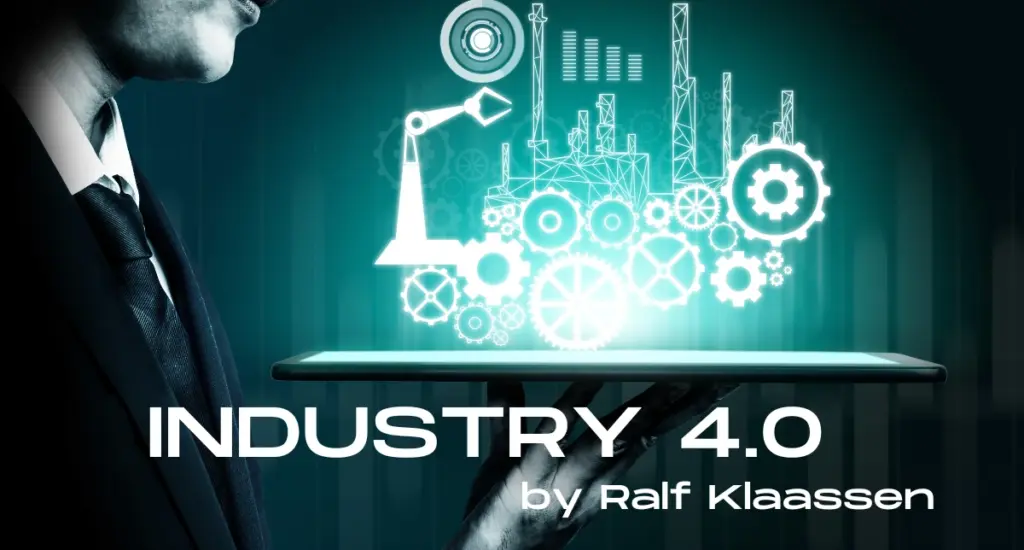INDUSTRY 4.0: IOT AND THE CONNECTED FACTORIES
Industry 4.0 is a concept that renews the way companies manufacture, improve, and distribute their products. Under this scheme, companies are constantly integrating new technologies, including, for example, the Internet of Things, cloud data storage, analysis, and machine learning, in their production facilities and throughout their operations.
Industry 4.0, also called the smart industry, is today considered the fourth industrial revolution. Its main objective is to turn a business into an efficient power to achieve better operational and financial results.
This trend seeks to integrate new process automation techniques to reduce manual work and achieve better results with a lower margin of error.
WHAT TECHNOLOGIES ARE DRIVING INDUSTRY 4.0?
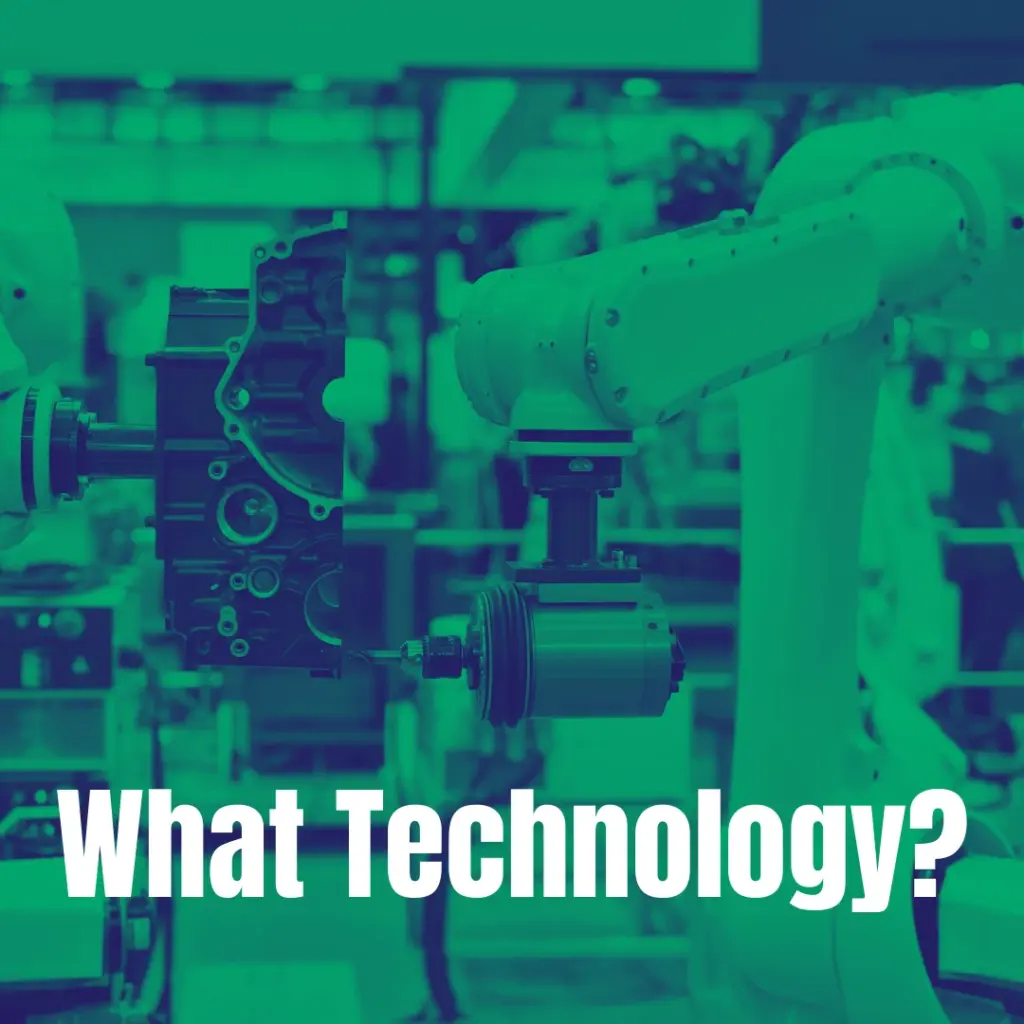
There are innovative technologies whose application to the industry will be developed daily. This refers to additive manufacturing, collaborative robotics, production planning tools, artificial vision, virtual reality, gamification, process simulation, operational intelligence, IoT, and the so-called KET (Key Enabling Technologies).
-Additive manufacturing is a method whose objective is to produce items instantly with a digital model without the need for molds. This new manufacturing concept creates objects by adding layers of material, especially metal and plastic, and is associated with 3D printing.
-Collaborative robotics is the name given to the branch of robotics in charge of designing equipment that can reliably share the same field of work as human personnel. Its goal has been to free operators from tedious and mechanical tasks at any operational level.
It works through collaborative robots, known as cobots, teams aesthetically similar to a light mechanical arm programmed to perform all kinds of tasks together with human personnel so that the robot does all the repetitive or precision tasks while the operator is in charge of decision-making.
-Artificial vision was born as one of the most recent Artificial Intelligence technologies to provide industrial equipment with the ability to see, analyze images of the physical world, and manage manufacturing, quality control, and asset safety tasks.
Artificial vision can be applied to manufacturers of structures, production plants, manufacturers of parts, and even businesses related to the automotive industry, electronics, or construction. That is to say, to any company capable of launching an improvement plan, going through a digitization strategy.
One use of artificial vision is, for example, the installation of markers such as labels, in which it inspects and reviews the batch numbers or the expiration dates of the products. This way, logistics are improved, detected, and prevented—possible incidents.
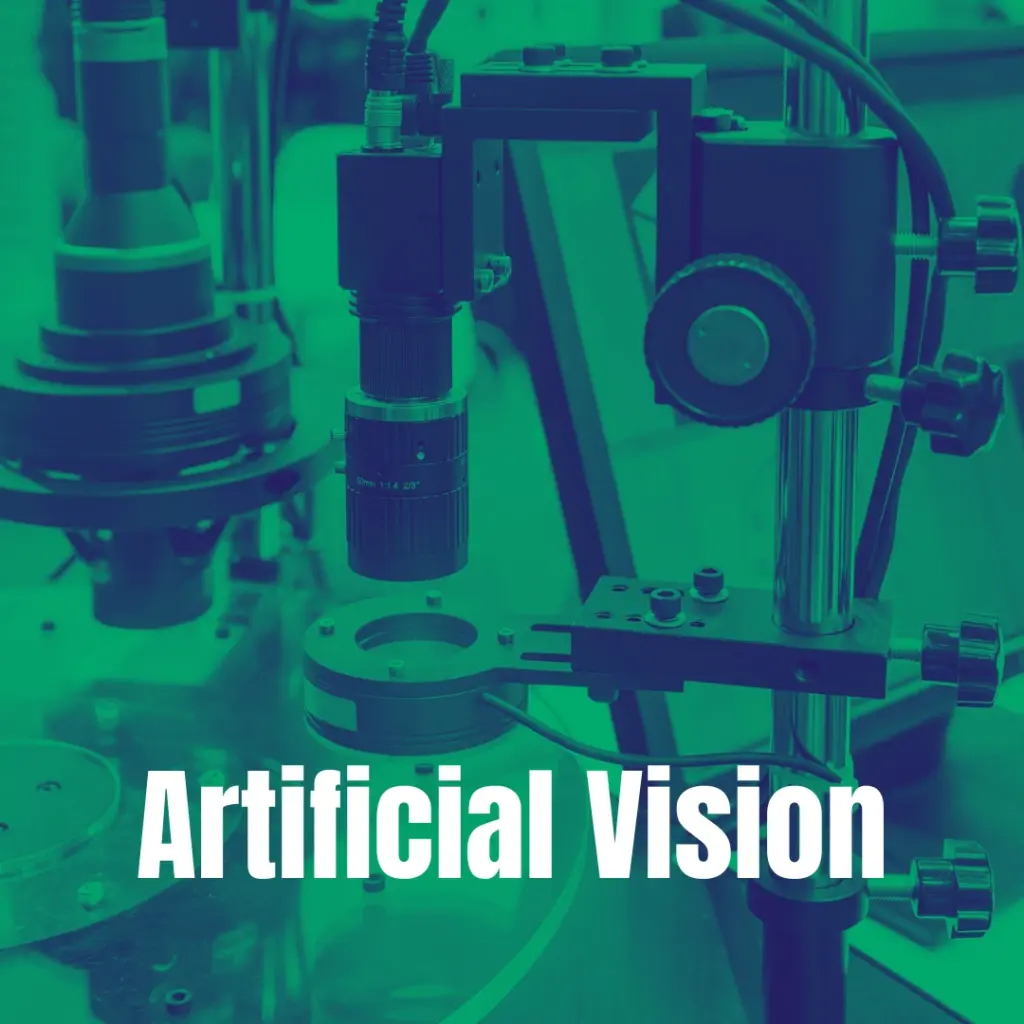
-Operational Intelligence is an approach to real-time data analysis that facilitates optimal decision-making. One of the most critical features of machinery equipped with Operational Intelligence is to keep workers informed. In this way, the machine offers the necessary information, at the required time, to the most suitable professional.
IIoT or Internet of Industrial Things technology is closely related to this phenomenon, allowing data to be collected using all sensorized machines in the plant environment.
This innovative stage in the manufacturing industry focuses on carrying out and controlling processes with a higher level of automation, speed, and integration. That is why being in a connected and intelligent factory, and there is evidence of a correlation between different business departments to speed up decision making.
These technological advances allow a business to streamline manufacturing, logistics, and maintenance processes and ensure supervision and integration with other departments and systems used.
TECHNOLOGY THAT DRIVES INDUSTRY 4.0
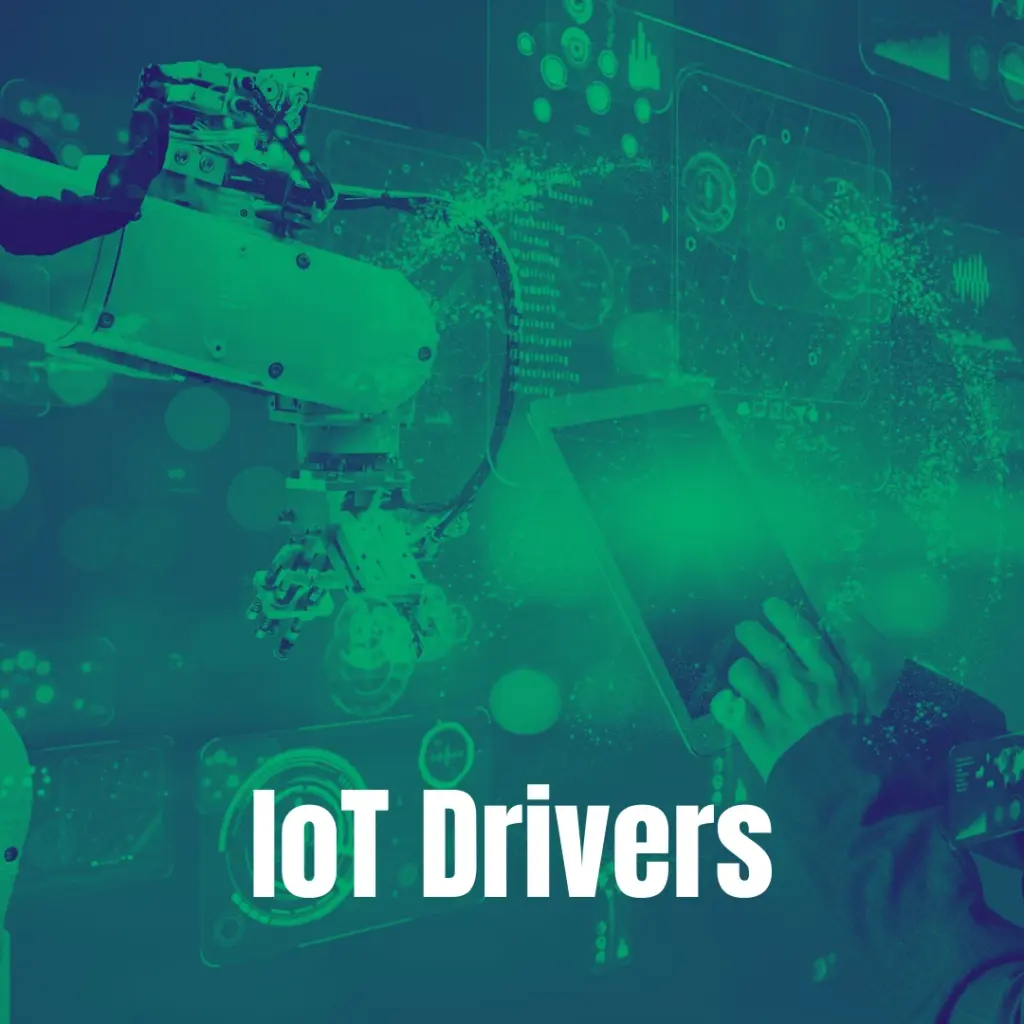
Today, not only phones and tablets are connected. A growing network of objects also accesses the Internet: locks, refrigerators, televisions, fitness bracelets, and much more. They are what make up the Internet of Things.
It is the main component of smart factories. In a smart plant, machines and equipment are designed with sensors (temperature, pressure, etc.) and work with internet connectivity that allows machines to integrate with other devices such as phones, iPads, and computers for data transmission.
The concept is closely related to the development of smart factories, allowing the production industry to move forward in the fourth industrial revolution.
An example of success stories are, for example, Airbus and Boeing are among the largest companies in their industry that come to the fore when it comes to industrial IoT: With the millions of parts that must be assembled and the infinity of processes to follow, building commercial aircraft is not an easy task. That is why they decide to adopt the concept of a smart factory, using solutions such as the Internet of things.
This is how the efficiency of its production passes, without a doubt, through its automation. The production lines of these firms have been filled with robots and intelligent machines: some drill holes, others cut parts, others rivet, and others focus on joining the different parts of the fuselage, among others.
Likewise, the number of connected sensors that make up its planes has multiplied exponentially, and its employees have the most advanced portable technology to predict the plane’s behavior, reduce the number of errors, and reinforce its safety.
This is possible by analyzing data collected by the sensors installed in the production plant. It guarantees real-time visibility of the status of the equipment and sensors. It allows the provision of tools to carry out predictive maintenance to minimize the time of equipment inactivity.
For example, using high-tech IoT devices in smart factories can translate into higher productivity and better quality in processes, products, and services.
Another example takes us to the USA, where a company focused on implementing IoT to accelerate the deployment of additive manufacturing (3D printing) in one of its factories in the United States.
The company in question had faced the challenges of producing specific and customized parts and solutions for low or medium demand while keeping time-to-market (the time required from the conception of a product to its launch) at low levels. And it is thanks to connected machinery, data analysis, and the implementation of 3D printing. The company managed to reduce the production times of personalized parts by 80%. And he managed to reduce the product’s final price by 30%.
Replacing traditional manual inspection models with visual insights based on data collected by technology teams reduces manufacturing errors and saves time and money.
With a small investment for the company, quality control personnel can, for example, set up a smartphone or computer connected to the cloud to monitor manufacturing processes in real-time from virtually anywhere and at any time.
This allows them to catch errors immediately rather than at a later stage when repair work is more expensive.
This trend is advancing at unprecedented speed and scale, allowing companies to adopt a more data-driven approach to operations.
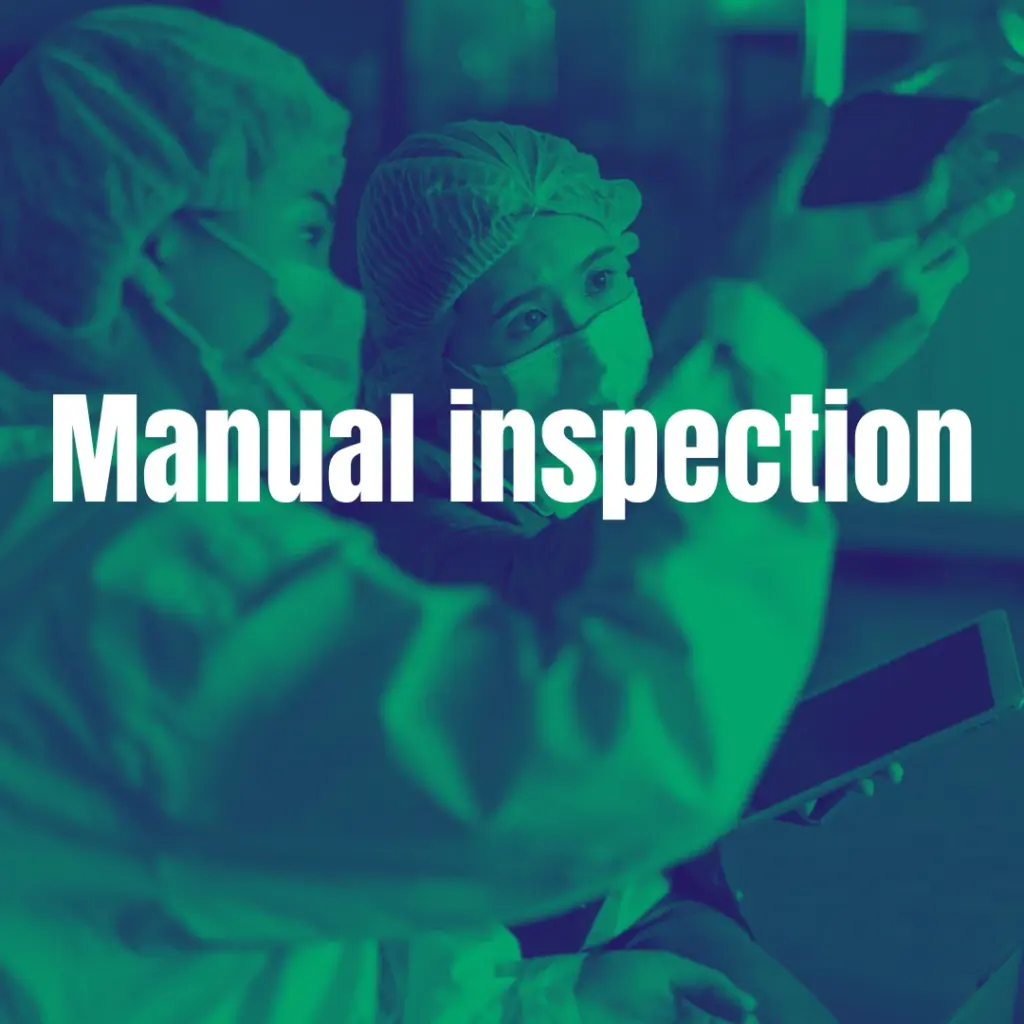
The data extracted from assets, equipment, and machinery, add value and enables smarter business decisions. So, the more teams there are in business workflows, and the more technologies are installed, the challenge will be collecting data and programming artificial intelligence.
That is why it could be summarized that modern manufacturing depends heavily on the Internet of Things (IoT). It allows the connection of machines, computers, and sensors to obtain a complete vision of the manufacturing processes and their assets to improve production and quality.
Although the data is an essential part, what weighs most is the possibility of using AI (artificial intelligence) and the installation of visual controls automatically to visualize that data.
And it is these new technologies that provide factory operators with an easy and fast way to solve problems related to asset maintenance and operations more intelligently.
This integration and connection of the parties involved are vital because it allows a business to provide the right information to the right people in the right context to make better decisions.
Thus, it is possible to improve production efficiency and cost containment.
Some costs may seem essential but are unnecessary. This happens mostly when maintenance tasks are performed too frequently. Still, if a factory installs equipment and sensors that allow automation, it can review anomalies in the data to predict equipment failure and schedule maintenance only when needed. Be necessary.
Thus, it is possible to reduce both downtime and costs. The usefulness of industry 4.0 lies in its ability to find those hidden flaws in a system or machine that behaves in an apparently normal way.
IN CONCLUSION
this technology has transformed how people live and work. For companies, it offers a variety of benefits and opportunities in business, but also for people.
The Internet of Things promises to revolutionize our lives in ways that are beyond what we can imagine today. Today we see from smart homes to efficient factories, so it can be said that the IoT is changing how people interpret information while simultaneously improving productivity and profitability.

